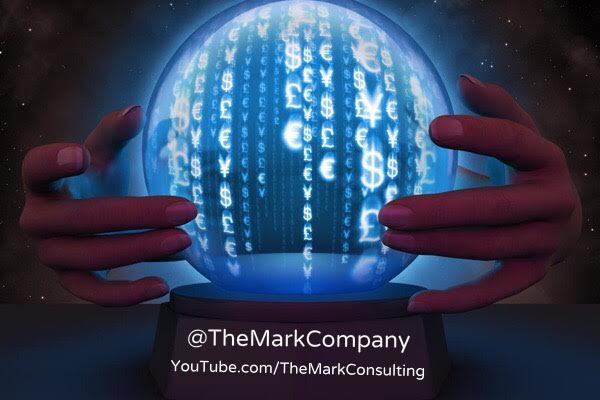
2015 has been called a record-breaking year for social media sites, and the title is no short of reality. Every year, almost 200 million people are signing up, and by 2016, we are expected to be north of two billion social media users.
What seemed like an odd acquisition a few years back by Facebook has now turned into one of the fasted growing social networks in the world: Instagram.
While some social networks are growing exponentially, others are starting to slow, and some even disappear. What’s next? Though most of us are still focused on catching up to what’s current, here are five hints at the future of social media.
1. Tools to look within.
With the growing influx of social media followers, more users are resorting to features such as “follow” on Facebook to limit the amount of people on timelines, or in the case of Twitter, “lists.”
That being said, marketers such as Gary Vaynerchuk and Mark Suster see tremendous value in every follower, especially as adoption rates and the ability for everyone to become a customer has increased.
A major player that has caught my attention has been Insightfully, a company founded by serial entrepreneur Chirag Kulkarni in a partnership with Jingyu Li and Ajay Saini. It’s focused on using predictive insights and analytics to give people the opportunity to foresee where they can add value to their network based on their network’s social data, with the aim of staying in touch with individuals they wouldn’t otherwise be in touch with.
This tool becomes a boon to business owners and sales teams because of the value that it is adding to their current social media following. And it gives that individual an opportunity to stay in touch with his network, one which 99% of us do not actively foster and refine.
Recently, Insightfully was named a 2015 company to watch for at the Canadian Internet Marketing conference.
2. Greater focus on personality.
Did you know the No. 1 deterrent for social media users is lack of profile completeness?
For example on Twitter, if you don’t fill in the necessary items such as your picture, location, and bio, you can lose your chances of attracting followers.
In the coming years, social media sites will focus heavily in the onboarding process on making users the most complete profiles possible.
This not only will keep users focused and engaged on the respective social media platform longer, but will allow marketers to tailor their targeted ads to a more refined and focused group of individuals.
3. Incorporation of multimedia content.
One of the most highly shared pieces of content on mediums such as Facebook, Twitter, and Instagram are pictures. These serve not only as great sources of enjoyment, but are the easiest ways to inform someone about a topic.
Businesses such as Fresco News are examples of what crowdsourcing news from people on the scene can look like. Voice tidbits and video are also great opportunities for sharing content, and businesses like Meerkat and Periscope are proof of it.
Features that are lacking currently in live-video-based businesses but will soon evolve include real-time commenting, viewing “strong” content, and being mobile first in a world where video is mainly watched on a desktop.
4. More fluidity of content.
One of the major hindrances to social media is the volume of content that is shared every minute. Similarly, marketers now trying to get their word out are struggling because content volume continues to increase.
That is all going to stay the same.
What is going to change is technology, which allows us to tailor content to specific individuals in real time. This not only creates a stronger value proposition for the readers, but gives them an immediate reason to read content that is hand delivered versus mass produced for the term “followers”.
5. Decision-making power from data.
Data, data, data. More users can only mean more opportunities for businesses to extract relevant data regarding their customers more quickly.
On one end, large businesses such as Target have a greater opportunity to connect with customers, whereas nonprofit organizations and governments can also benefit, predicting disease outbreaks based on content that is posted by individuals on the ground. The opportunities are endless.
Conclusion:
Social media is changing rapidly. We are going from a world of simply tweeting about our cat, periscoping about our lives, to deducing that information to create more impactful and tailored messages. This wave will transform the way we think of social, and hopefully impact the world for the better.
Written by: Aj Agrawal Source: www.Inc.com
___________________________________________________________THE MARK CONSULTING & MARKETING
